I am a yogi, and I am also a runner.
And I credit my yoga for helping me to heal a bad running injury I acquired 5 years ago. I’ve been running a lot longer than I have been practicing yoga. I started racing and competing in cross country nationals when I was 13 and ran for a running club into my late teens. Sadly when I started Uni, time was a bit more limited. So running became more of a lone hobby and stress reliever whenever time permitted. Rather than a community running club or competitive thing.
But I only started practicing yoga 5 years ago. And not long after that I gave myself my first (pretty bad) running injury from poor training techniques. I had set myself a charity challenge to run one race a month, for 6 months. Covering 5k’s, 10k’s and half marathon distances and ending with running the Yorkshire Three Peaks.
The problem was, I was trying to increase my mileage far too quickly and I knew I was training all wrong. But I was short on time and didn’t want to let my charity down by not being fit to run. And because I ignored the warning signs, I sadly only managed to complete half of the challenge anyway. Which is what I was desperately trying to avoid all along.
The Piriformus Muscle
The piriformus is a small, deep glute muscle that sits underneath the glute max. And extends from the greater trochanter of the femur to the sacrum of the pelvis. It might be small but it plays a crucial role in hip stability, especially when running. It controls the hip from rotating laterally (away from the body) when the foot strikes the pavement. But if the muscle is weak it can struggle to perform this function well which can lead to instability in the pelvis. And if ignored (like I did) lead to injury.
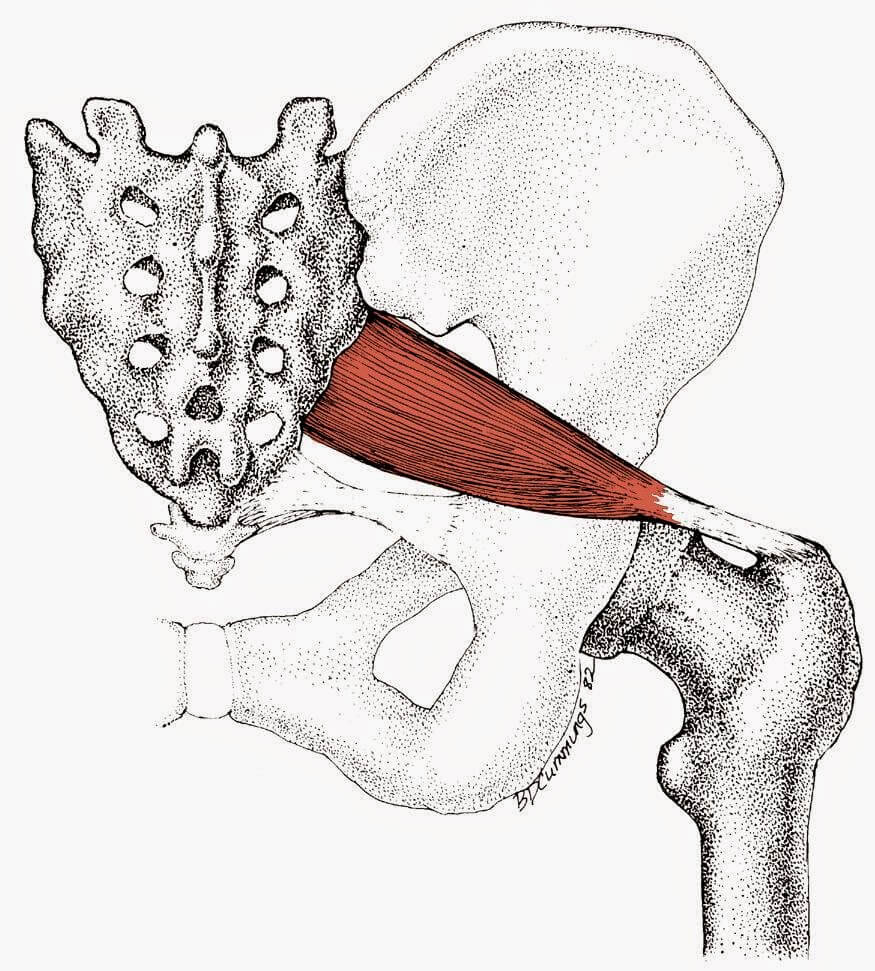
Lessons learnt …….
But by the time I admitted to myself there was a real problem, I had weakend the muscle to the point I had almost torn it. Sadly, my physiotherapist advised me not to run on it any longer so I had to pull out of the charity challenge. And was prescribed strong anti-inflammatories and pain relief. Because I had done so much damage.
As a result, it was nearly a year before my rehab helped me recover enough to go for my first run. I can hear my fellow runners recoiling in horror at the thought of not being able to run for 12 whole months. And let me tell you it sucked big time. I found it so incredibly hard but what I found harder was that in the initial few months, I couldn’t even stand at work for long periods of time without being in pain. And as a radiographer, it is impossible to not to be on my feet all day.
So, the lesson I learnt was to listen when my body tells me something isn’t right. And yoga has really helped me drive that message home further still. Because I couldn’t run at all, yoga became a bigger part of my life than it had before. And I found that it was actually really helping my piriformus to recover it’s strength, flexibility and mobility again. I really believe yoga, alongside my physio’s rehab exercises, is what got me back to running again.
Yoga is great for cross training between runs and can compliment any runners training goals by helping you to increase your strength and mobility. Which will help keep you running stronger, for longer, whilst avoiding some of the common injuries associated with running.
So, here’s why I think every runner should consider practicing yoga:
Yoga is Great For Strength Building
Contrary to popular belief, yoga is more than just about gaining flexibility. Many of us are surprised after our first yoga class, to find that the next day their muscles feel sore. That is because Yoga is great for building full body strength. And will use muscles in ways you have never used them before. Which makes it an all-round great way to add cross training into your run schedule. Running is a great sport but the way we use our muscles is very repetitive and that is often why we end up with injuries.
Yoga can be a fantastic counter-balance to the repetitive way we use our muscles whilst running. And if you don’t believe me, I challenge you to hold downward facing dog for 5 full breaths and tell me that you can’t feel your muscles working hard by the end.
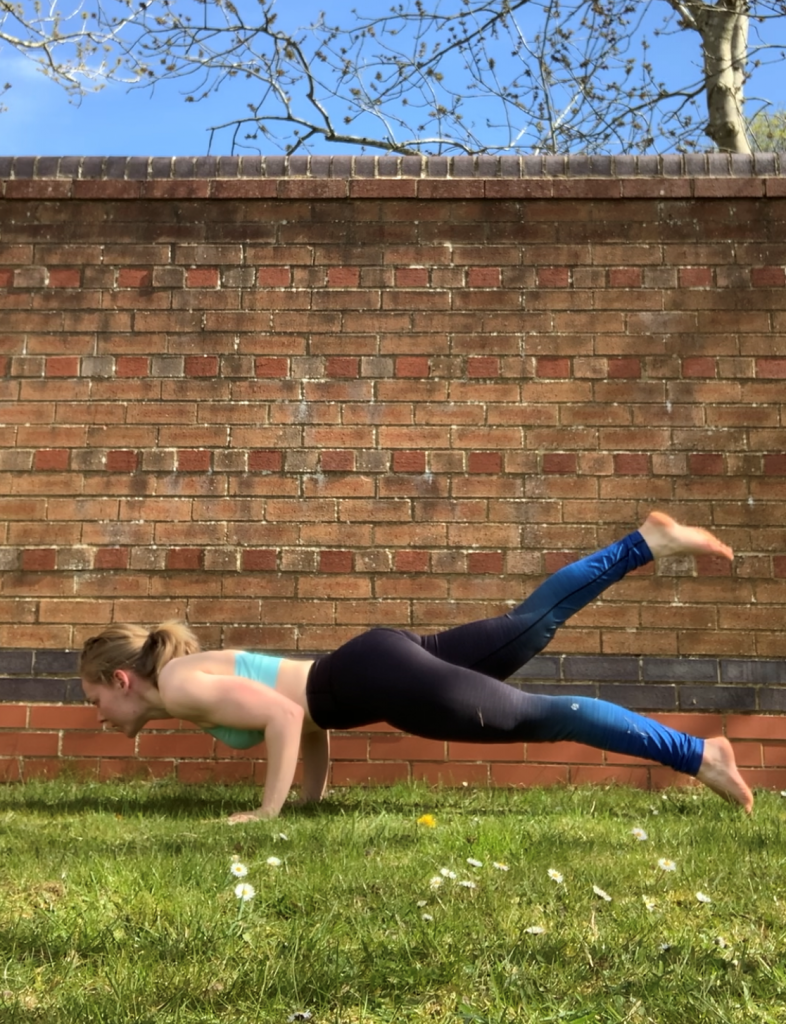
Yoga Increases Flexibility
I think it goes without saying that yoga will help any runner feel more flexible. We’ve all seen seasoned yogis bending themselves into some rather beautiful asanas and then wonder how they do it. But why is it important to increase our flexibility as a runner?
Well, if tightness in your hips, glutes, ankles, core or hamstrings is affecting your running gait, then your risk of injury may increase as you pile on the miles. Weaknesses here, which are common in runners, can cause misalignment that contributes to IT band problems, knee pain and other common injuries.
So, it is really important we are mindful of maintaining our flexibility and mobility when we are training. And yoga is great for helping us do just that.
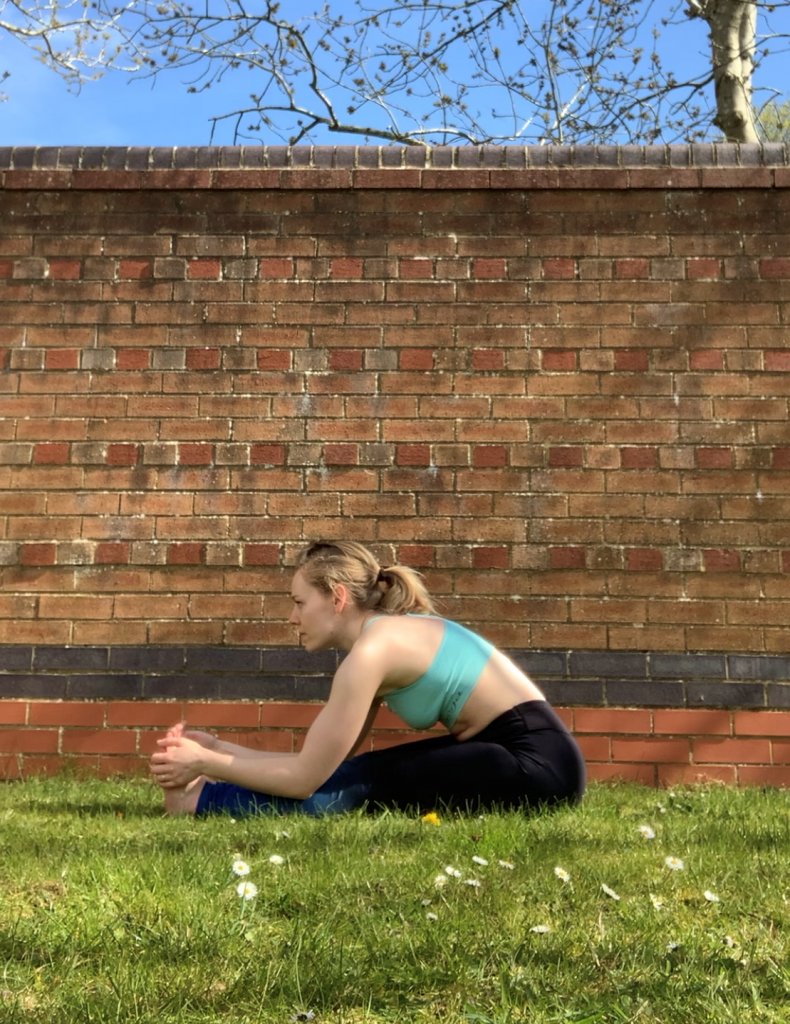
Improved Mobility
Yoga is great for increasing our range of motion within the joints. Whilst also helping you to build the strength to support the joint through its full range of motion. It will also aid in post run cool downs for stretching out tight hip flexors, hamstrings and glutes. Which are all common complaints amongst runners. And these areas being tight can really affect our running form and racing performance.
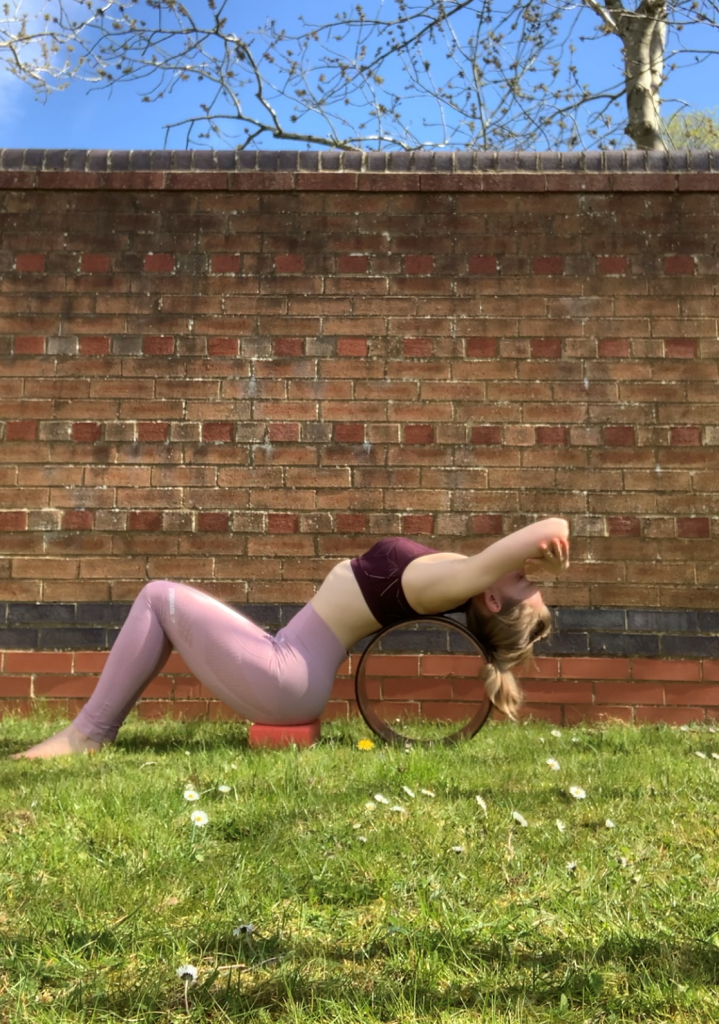
And can Build Agility, Balance and Coordination
Yoga is a great way to move the body through different planes that differ from those we use during running. And creates a different pattern of movement that challenges the whole body and shapes a more rounded athlete.
For example, standing postures such as warriors, half moon, tree pose, goddess and chair help to improve balance and coordination. As well as building strength. Whilst putting asanas together into a flow helps build coordination and agility.
Having strong muscles, joints and ligaments will help make you more agile and resilient to the pressures of running on uneven ground. And all of this can be achieved using yoga.
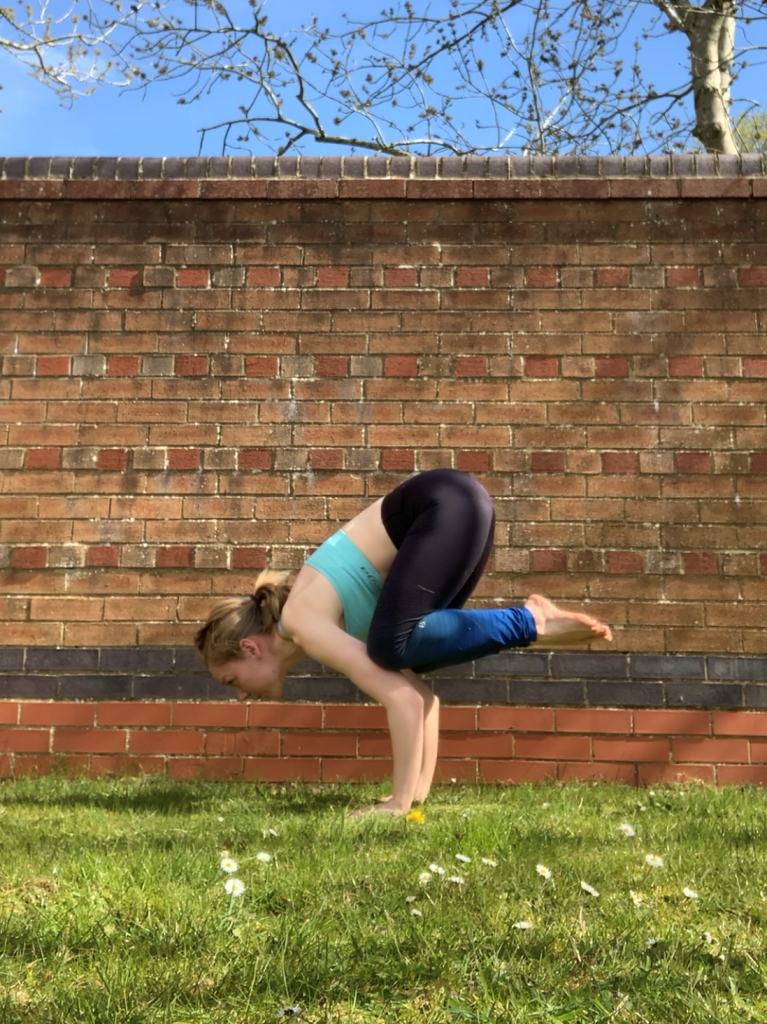
Improves Whole-Body Awareness
Injury prevention experts such as physiotherapists are often telling runners to listen to their bodies. The more we practice yoga, the more in tune with our bodies we tend to be. So this skill we have built through our yoga practice, can be carried over in to our running. Which means, if something doesn’t feel right, yoga can help our awareness by amplifying the messages we receive from our muscles, joints and limbs. So any imbalances you might not have noticed before will suddenly become more apparent to you.
For example, if pigeon pose is easier on one side, then you know you have an imbalance. But more importantly you now have a tool (pigeon pose) at your disposal to explore the imbalance and then address it.
Not only can it help us be more aware of imbalances but building whole-body awareness can also help us switch on and utilise key muscles such as the glutes optimally. It can also highlight when we are over doing it. And help us understand that taking a break or easing back on the training might be important to help prevent an injury occurring.
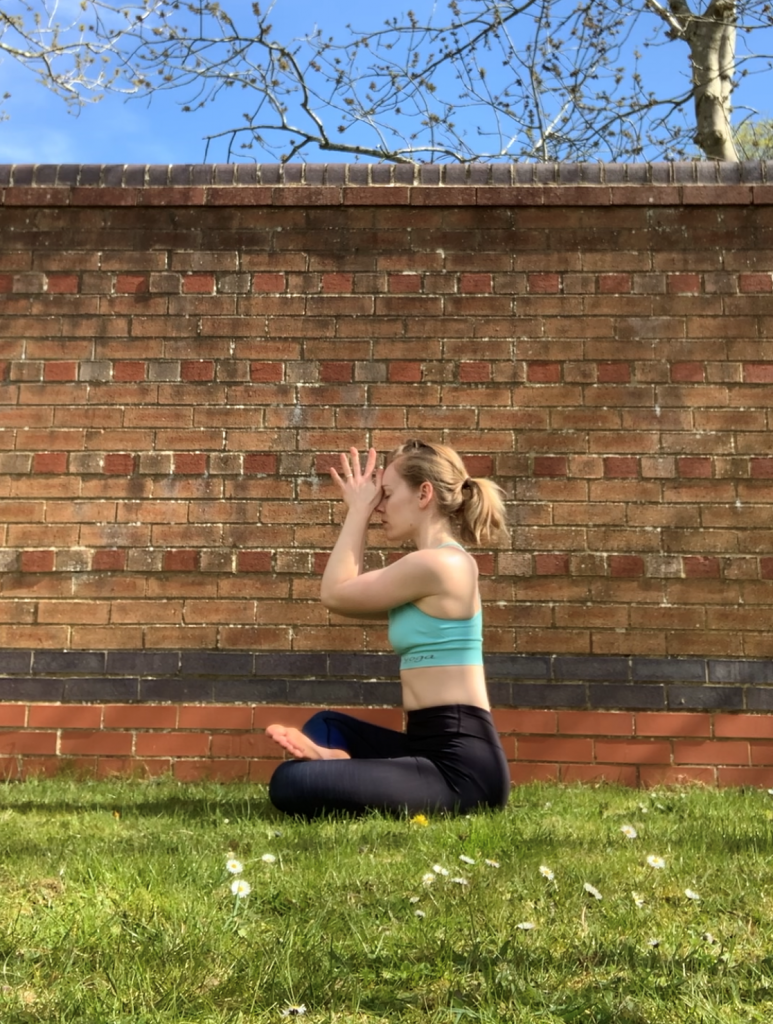
Have I Convinced You Yet?
So, as you can see, yoga is great for runners in so many, different ways. And makes a perfect cross training activity to incorporate into your training. As it embodies strength, agility, flexibility, mobility and coordination all in to one yoga class.
Now that is what I call getting bang for your buck, especially if you live a busy life and are short on time. Which many of us are these days.
So I hope this has given you a little taste of why you should consider giving yoga a try as a way of cross training alongside your yoga. It is so important to exercise in more than just one way, so we can stay clear of repetitive movement patterns that often lead to injuries.
If you are interested in reading more about how yoga can help your running you can read my blog on Fire Log pose. And I recommend checking out Runners World – 8 Reasons Runners Should Do Yoga and their 8 Essential Yoga Poses for Runners.
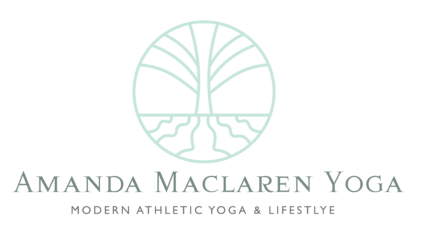
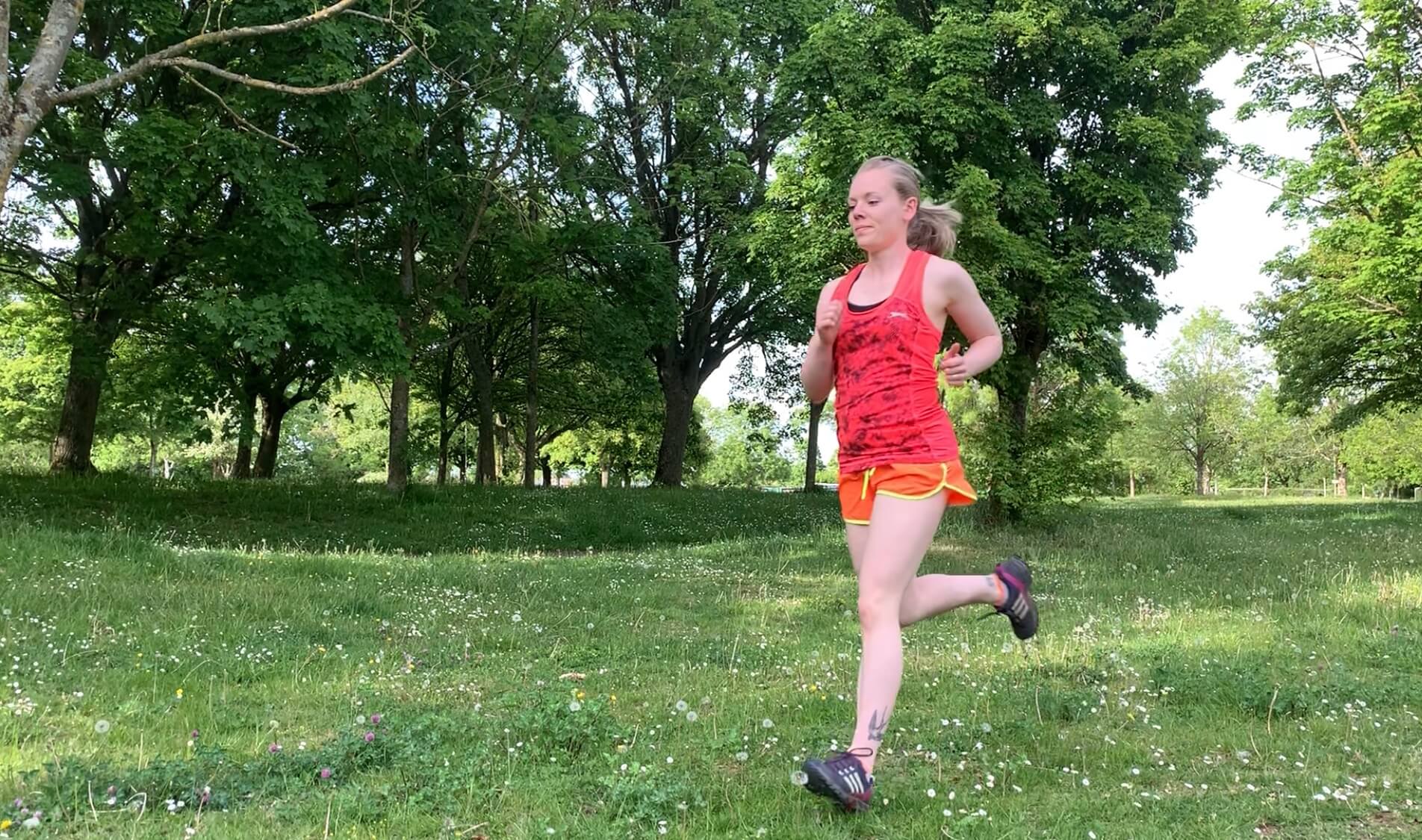
Recent Comments